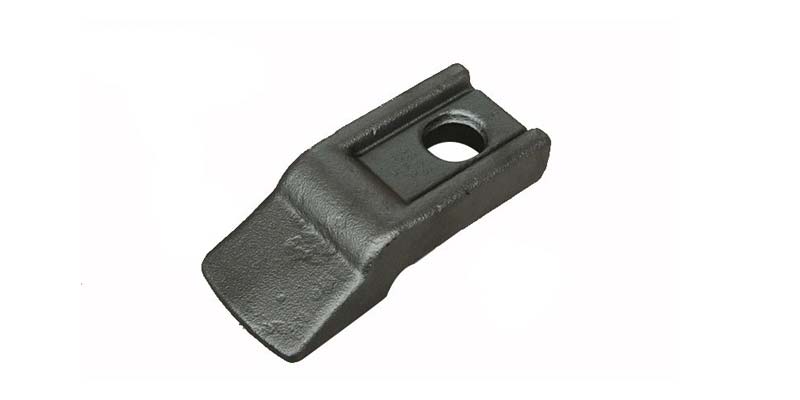- Contact Innally, Let you purchase forgings in China more favorable prices, products more assured!
- Hotline:+(86)15038323776 Email:innally@innally.com
What is the production process of train forging?
- Category: Stainless steel forging, Thermal forging
- |
- Date: 08/12/2023
the production process of train forging is a complex and fine process, involving multiple links and a variety of technical means. Each link requires careful operation and control to ensure that the produced train forgings meet the design and use requirements.
Product Details
The production process of train forging is a complex and fine process, involving many links and many technical means. This paper will introduce the production process of train forgings in detail, including blank preparation, heating, forging, cooling, quality inspection and surface treatment.
First, blank preparation
The production of train forging first needs to prepare the blank. Billets are usually supplied by steel mills or professional billet suppliers, and these billets are usually ingot or castings. After the billet arrives at the forging workshop, it needs to be cut and polished for the subsequent forging process.
Two, heating
When the blank is ready, it needs to be heated. The purpose of heating is to make the billet reach a certain temperature and maintain sufficient plasticity and toughness for subsequent forging processing. The heating temperature and time of the train forging need to be determined according to the specific forging material and size, which is generally achieved by controlling the heating time and temperature curve.

Three, forging
The heated billet is put into the mold and is pressed by hammering force or press to form the desired shape and size. In the forging process, it is necessary to constantly adjust the hammer force or the pressure of the press to control the degree of deformation of the blank and the filling of the die. At the same time, it is also necessary to pay attention to protect the mold and billet to prevent excessive impact or high temperature resulting in mold damage or billet cracking.
- Cooling
The forged metal billets need to be cooled. The purpose of cooling is to return the billet to room temperature and reduce the internal stress to prevent deformation and cracking. Generally speaking, the cooling methods of train forgings include natural cooling and forced cooling. Natural cooling is natural cooling in the air, and forced cooling is rapid cooling through water or other cooling media.
- Quality inspection
After cooling, train forgings need to be inspected for quality. The purpose of quality testing is to check whether the forgings meet the design and use requirements, including size testing, non-destructive testing and so on. Size testing is mainly to check whether the appearance of the forging size meets the requirements, and non-destructive testing is to detect whether there are defects or cracks inside the forging through ultrasonic, ray and other methods.
Six, surface treatment
For some train forgings that need to improve wear resistance and corrosion resistance, surface treatment is required. Surface treatment methods include shot peening, grinding, etc., which can enhance the roughness and hardness of the forging surface, improve its wear resistance and corrosion resistance.
Vii. Assembly
Finally, the individual parts are assembled together to form a complete train forging. The assembly process needs to be assembled according to the design drawings and process requirements to ensure that the position and matching accuracy of each part meet the requirements.
In short, the production process of train forging is a complex and fine process, involving multiple links and a variety of technical means. Each link requires careful operation and control to ensure that the produced train forgings meet the design and use requirements. At the same time, in order to improve production efficiency and reduce costs, many forging enterprises are constantly exploring new technologies and processes to optimize the production process and improve product quality.
nannan
INNALLY mainly provides you with various types of cast and forged parts products. Welcome your inquiries! innally@innally.com
Related Products
Search
Forging center
- Steel forgings
- Aluminium alloy forging
- Titanium alloy forging
- Stainless steel forging
- Copper forging
- Automotive forgings
- Locomotive forging
- Bicycle forgings
- Motorcycle forging
- Rigging and fasteners
- Bearing forging
- Electric power fittings
- Marine forging
- Mechanical forgings for metalworking
- Mining machinery forgings
- Marine engineering forgings
- Construction machinery forgings
Popular product

© 2025. All Rights Reserved.






